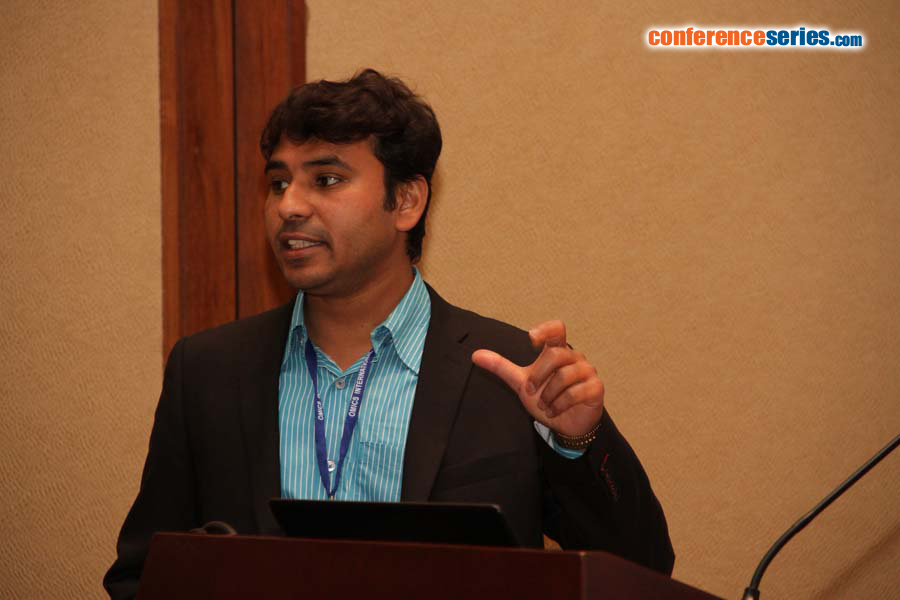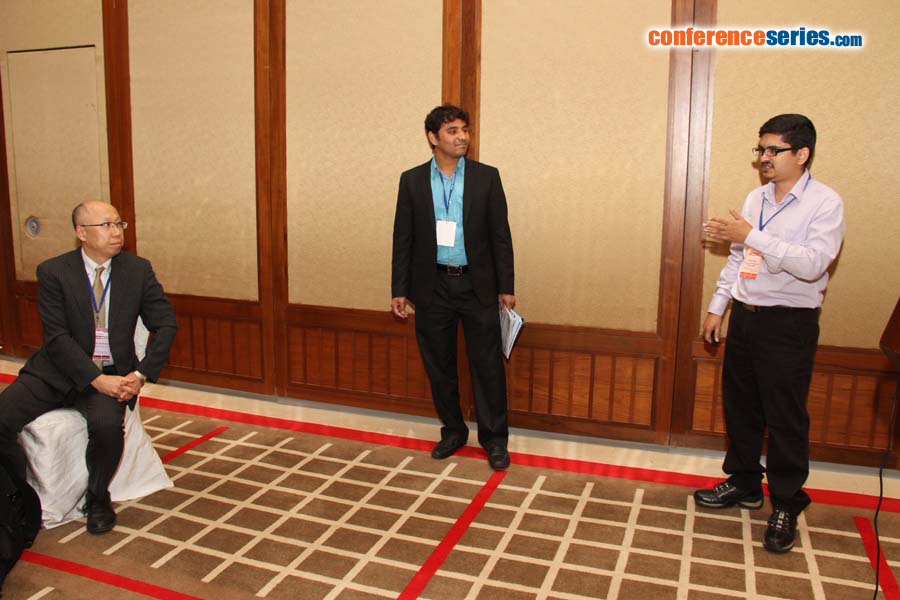
Biplab Paul
Thin Film Physics Division, Department of Physics, Sweden
Title: Tailoring electronic and phononic properties at nanoscale for higher thermoelectric efficiency
Biography
Biography: Biplab Paul
Abstract
The current research scenario for alternative energy sources is primarily focused on the reduction of dependency on fossil fuels, so that the harmful effects of greenhouse gases can be minimized. Thermoelectricity can contribute to this area of research by waste heat utilization for electric power generation and thus the reduction in CO2 emission. The efficiency of a thermoelectric material is defined by a dimensionless parameter thermoelectric figure of merit ZT = S2ï³ T/ï«, where, T, ï³ and ï« are the absolute temperature, electrical conductivity and thermal conductivity, respectively, and S is the Seebeck coefficient or thermopower, which is defined as ï„V/ï„T, i.e., the voltage that develops across a sample with a temperature gradient of 1 K. High ZT requires an unusual type of material: a good electrical conductor with high thermopower, but low thermal conductivity, i.e. it must scatter phonons (to minimize lattice contribution to thermal conductivity) without troubling the transport of charge carriers, i.e., ceramic and metallic behaviors are combined to a single material system! Due to the strong interdependency of the parameters S, ï³ and ï« the reduction of thermal conductivity without deteriorating electrical conductivity is a challenging task. Structuring material systems to the nano-dimension scale can facilitate the tailoring of phononic transport independently or quasi –independently of electronic transport and thus the manifold enhancement of ZT. The focus of the present talk is to discuss the different approaches for tailoring electronic and phononic properties in nanostructured materials at different length-scales leading to the enhancement of ZT.





